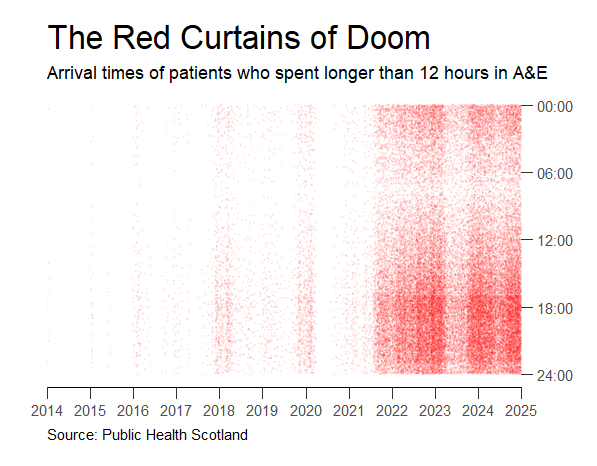- Title: April 2025: Response survey analysis and red curtains
- Date: Thursday 17 April 2025, 6.00PM - 7.00PM
- Location: G.158 Old College The University of Edinburgh, EH8 9LX
- Register: https://www.meetup.com/edinbr/events/307162173
Hamdullah Tunç: Using Response Surface Analysis to Examine the Role of Similarities in Dyadic Relations on Outcomes
Hamdullah Tunç is a PhD researcher in Clinical Psychology. His research focuses on the role of personal values, value similarities, and valued living in mental health. He employs quantitative methods to explore these relationships and has experience teaching research methods and statistics in social sciences. He is a student member of Royal Statistical Society.
There are various ways to investigate how similarities and differences between individuals relate to outcomes such as anxiety levels. While correlation and difference scores are commonly used to assess similarity, these techniques have significant limitations. Response Surface Analysis (RSA) offers a more robust approach to testing congruency hypotheses by considering all possible combinations of predictors in relation to the outcome variable. In this talk, we will introduce sample congruency hypotheses, demonstrate how to conduct Response Surface Analysis, visualise associations using 3D plots, and interpret the results. This session will provide both theoretical insights and practical applications, making it useful for researchers interested in dyadic relationships. Please let me know if you need any further information.
Neil Pettinger: The Red Curtains of Doom
Neil is a healthcare data analyst and trainer who lives in Edinburgh. He worked as an NHS information manager for 23 years before going freelance in 2008.
Neil will tell the story of a graph from idea to execution. One of the key issues he will address is whether the graph can be generated even if you don’t have the data points. Is it possible to infer what all the individual A&E arrival times were when all you’ve got to work with are monthly summary counts from the Public Health Scotland website? And are there ethical issues to explore if we do that? But the graph’s story also involves long-distance collaborative working, some lobbying, an attempt at engagement via social media, and ideas for spin-off charts.

April 2025: Response survey analysis and red curtains